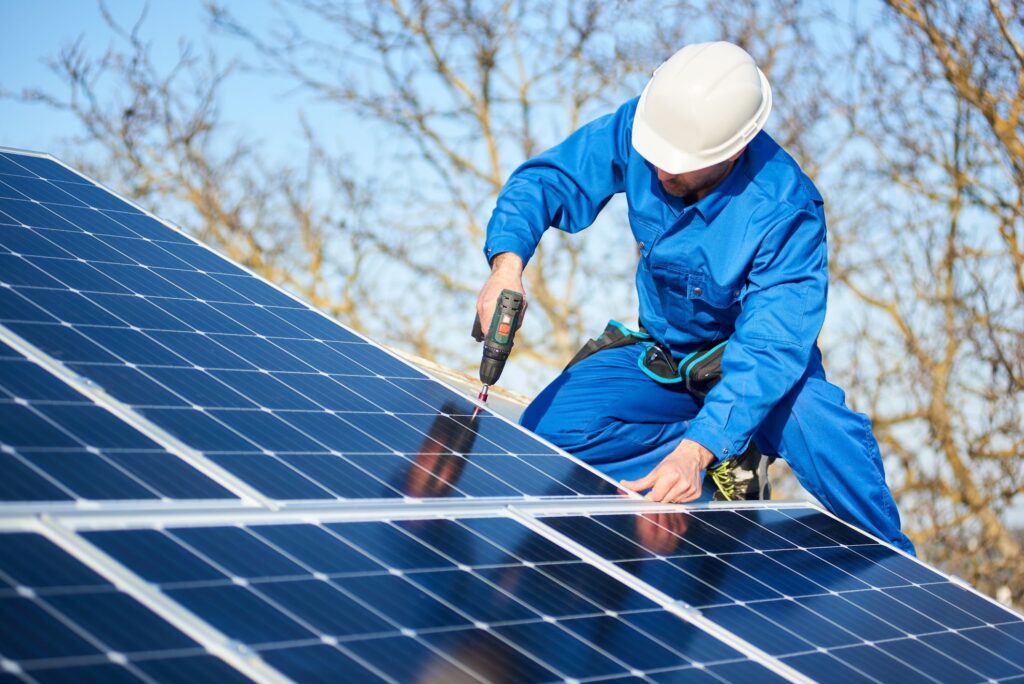Before we discuss whether solar panels are better in series or parallel, let’s start with the circuit and talk about the basics of wiring.An electronic circuit is simply a path through which electrons can flow. The simplest circuit is a battery, wires, and light bulb.
What is concatenation?
The series connection uses a more popular example to explain to you, the light string of the Christmas tree, each light bulb is on a line, one after another. Since all the bulbs (components) are on one wire, the current can only travel in one direction. If one of the bulbs is broken, the current of the entire circuit is not smooth, and the circuit is directly broken. So before using the Christmas tree, each bulb must be checked one by one. You can imagine the downsides of wiring your solar panels in a similar fashion. If one solar panel goes out or is shaded, the output of the entire system drops dramatically.
What is Parallel?
Generally, in today’s homes, parallel connections are used. Generally, there is one circuit for kitchen appliances, one circuit for hall appliances, and one circuit for rooms, and they are usually connected in parallel at the end. The light bulb in the kitchen cannot be turned on, but it does not affect the lighting of the hall and the room at all. In contrast to the solar panel, one of the cells is broken, but it will not affect the overall use of the other. 5 solar panels each rated at 12V and 5A, if you connect them in parallel you still have 12V but now 25V.
The main thing to remember is that wiring in series will increase your voltage, while wiring in parallel will increase your amperage. Generally, the wires used in parallel will be thicker because the current is greater, and conversely, the current in series is smaller and the wires used are smaller. Both voltage and amperage need to be considered when designing your system, especially when finding the best inverter for you.


